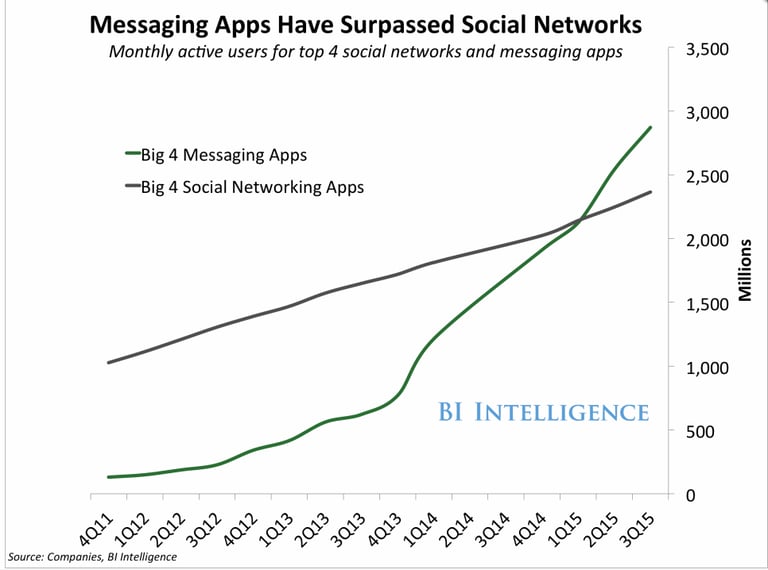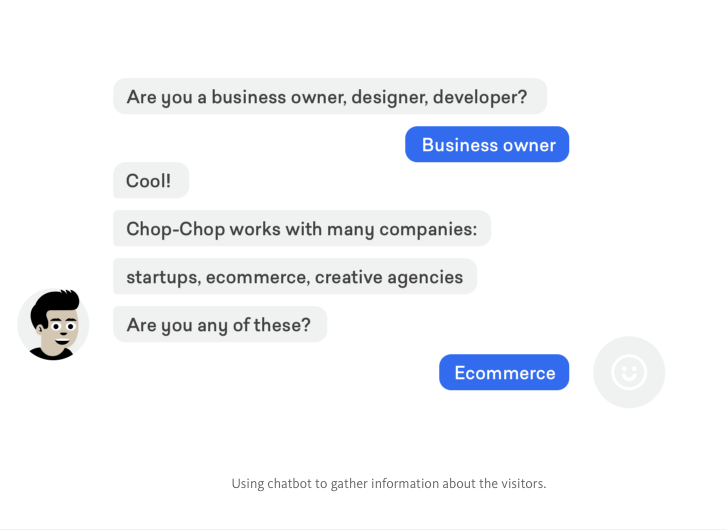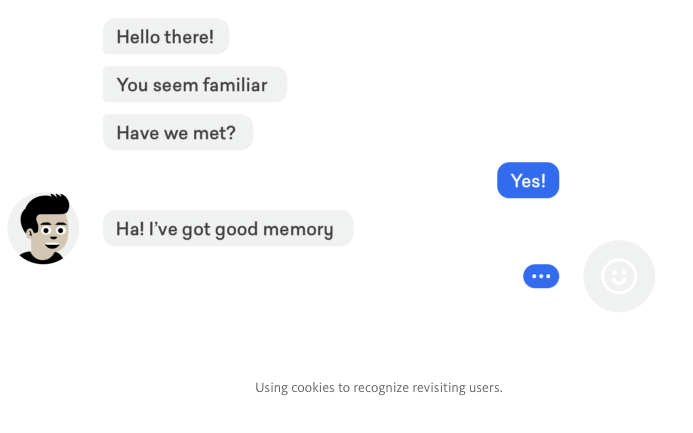We’ve covered how chatbots are transforming B2B marketing in recent weeks and found that companies are finding all sorts of uses for one of the best natural language processing tools available in the market – lead generation, customer services, 24-hour communication, query or complaint forwarding, site search, product/service education, even sales.
Indeed, when it comes to new marketing automation technology, chatbots are gaining prevalence and proving to be more and more important as a marketing tool for many companies around the globe. With Artificial intelligence on the rise, chatbots are becoming more and more human-like.
The reason for it is down to the growing pervasiveness of messenger services such as Facebook Messenger and WhatsApp. In fact, as was reported in Business Insider in September last year, messaging apps (especially those using customer service chatbots) customer surpassed social networks in terms of global usage as long ago as Q2 2015.

(Image source: uk.businessinsider.com)
That might come as quite a surprising stat – when it comes to B2B marketing, we’re almost naturally most concerned with our content output and its promotion on social media.
But the trends indicate quite clearly that if we want to reach users where they are, then it's to messenger services that we must turn. Ai chatbots – WhatsApp, Facebook Messenger, and good old SMS that are proving to have the greatest relevance in this regard.

(Image source: chatbotsmagazine.com)
The Chatbot Revolution is Here
One of the key takeaways from the BI Intelligence report last year was that now that the chat app revolution has achieved substantial growth, the next phase is for companies to focus on building out and innovating services, and find ways to monetise the massive user base that's been created. The manpower needed to keep a full-fledged operation with actual humans replying to customers is a privilege not many companies had. Good chatbots mimic human conversation using machine learning and deep learning to improve the customer experience.
Chatbots are hugely significant in both building and innovating services. Indeed, another key takeaway from the report was that media companies such as Facebook and Twitter will start to turn more and more of their focus onto their messenger services and conversational ai while they “provide more avenues for connecting brands, publishers, and advertisers with users.”
Facebook, of course, is already making this possible. Facebook Messenger has been hosting chatbots for a little over a year now, and in March 2017, the launch of “group chatbots” was announced.
The next stage in the industry is making the ai chatbot as self sufficient as possible. Understanding the human language hasn't been easy thus far. So, having a tool that is focused on natural language understanding, and can be used for speech recognition will change the way businesses operate and our everyday life a s a whole.
This is all very exciting stuff, and the sum of it is that chatbots are here and here to stay.
However, as we covered in our previous post ‘3 Mistakes that Cause Chatbots to Fail’, the technology is by no means perfect yet. There are numerous cases of chatbot blunders reported on the web, which, although are quite amusing for readers, are nonetheless damaging for the brands affected by them.
And so, with the avoidance of such catastrophes in mind, let’s take a look at what companies can do to make their B2B marketing efforts with chatbots brilliant.
3 Techniques that Make Your Chatbots Brilliant
1. Chatbots Should Have a Single Purpose
A chatbot that tries to be all things to all people is almost doomed to failure from the outset.
Brands need to be setting reasonable and realistic user expectations about what the chatbot can – and can't – do. Otherwise, the risk is that users will end up becoming frustrated with the chatbot (and, by extension, the company that employs it), as they ask the bot to do or answer things that it simply isn't capable of handling.

(Image source: uxdesign.cc)
It’s far better to have a chatbot at your disposal that does just one or two things extremely well – such as direct users to the correct section of your website, or take customer details while they wait for a human respondent – than to do five or six things with only moderate efficacy.
In the above example, chatbot Cody from development company Chop-Chop.org talks to B2B customers about their needs and gathers information in order to provide better customer service later down the line.
2. Hire a Great Writer
In the most basic of terms, chatbots are all about communicating with customers using the written word. In this sense, language is the interface through which all users of the chatbot will experience your brand – and so employing somebody who is an expert in written language is extremely important for the success of your chatbot.
Your chatbot will have its very own personality, which will have been conceived to match that of your brand. This means that it will need its very own tone of voice, manner, and “sense” of wit.
And all of this, of course, will need to be embedded in your chatbot’s script.
There are numerous directions that a conversation could go, and your chatbot needs to be able to handle all of them. There will be open-ended and closed-ended questions that users will ask – and it’s the job of the scriptwriter to make the conversation always feel as natural as possible.

(Image source: uxdesign.cc)
It’s not an easy task at all to accomplish. In the design phase, the writer will need to create some sort of tree diagram of the script that will try to predict the various directions in which a conversation could go, and provide answers (all written in a very precise style) accordingly.
It’s all about creating a great user experience, and that means having a great writer at the helm.
3. Use Cookies to Recognise Return Users
If a customer has already spoken to your chatbot before, the next time they visit, the last thing they’ll want to be doing is typing in all of their information again. And besides, chatbots are supposed to be as “human” as possible – forgetting a returning visitor’s name and details is just rude.
The solution is to take advantage of cookie-based technology – a staple remarketing tool – to recognise return users. This way, the user’s profile can be accessed, and the chatbot configured to call up a return-visitor script, which will be used to ensure that there are no repetitions.
Here’s Cody again, welcoming a return website visitor with a nice human touch to the script.

Back to You
Chatbots are already dominating the B2C realm, but there are many uses for them in B2B marketing, too. It’s imperative, however, that they are designed well, and provide a great user experience. To accomplish this, concentrate on providing a chatbot that does one thing well (rather than ten things poorly), hire a great writer to create the perfect script, and make sure you’re using cookies to recognise return visitors. Employing these three simple techniques will ensure that your chatbots are performing how you want them to when left in charge some of your most important B2B marketing initiatives.








